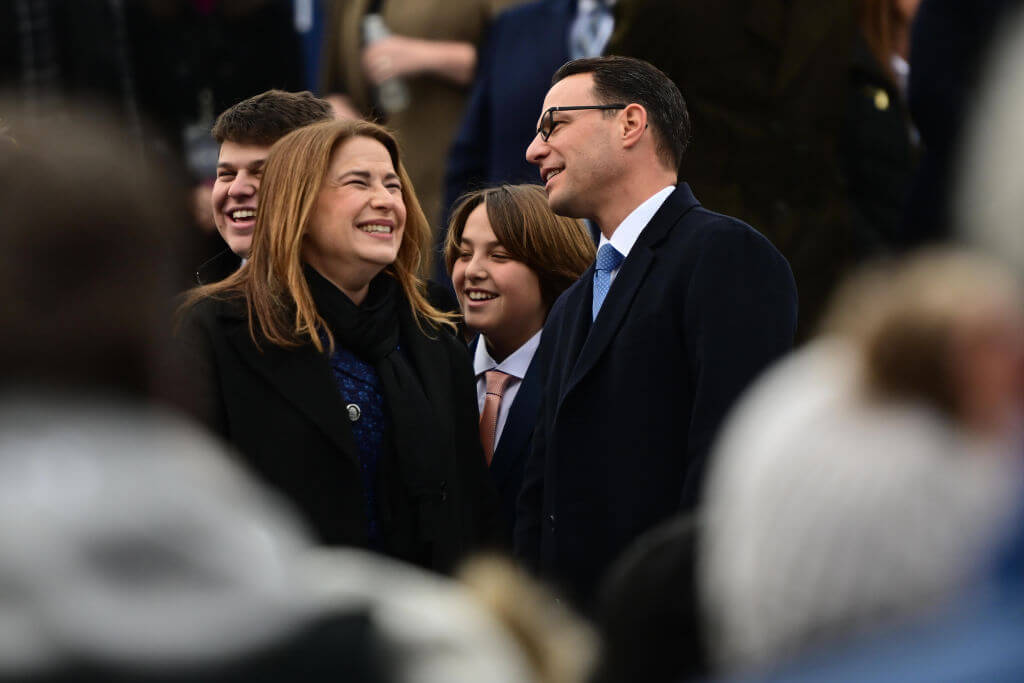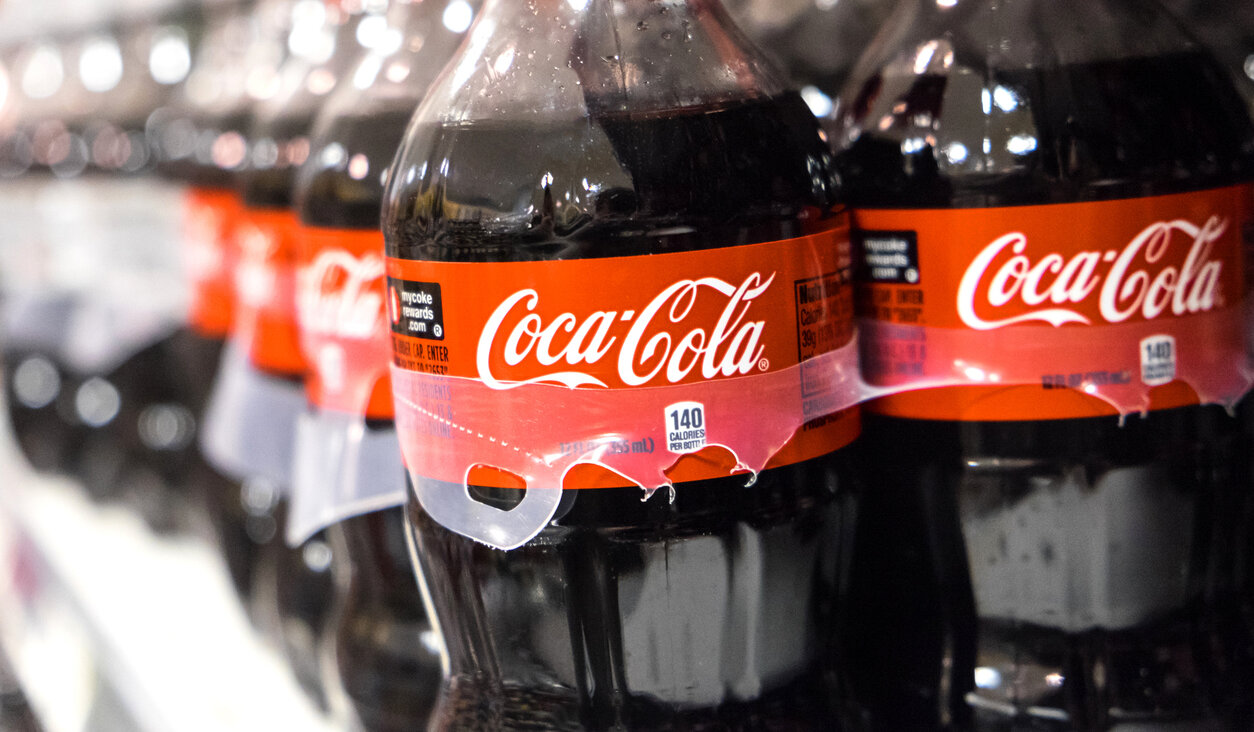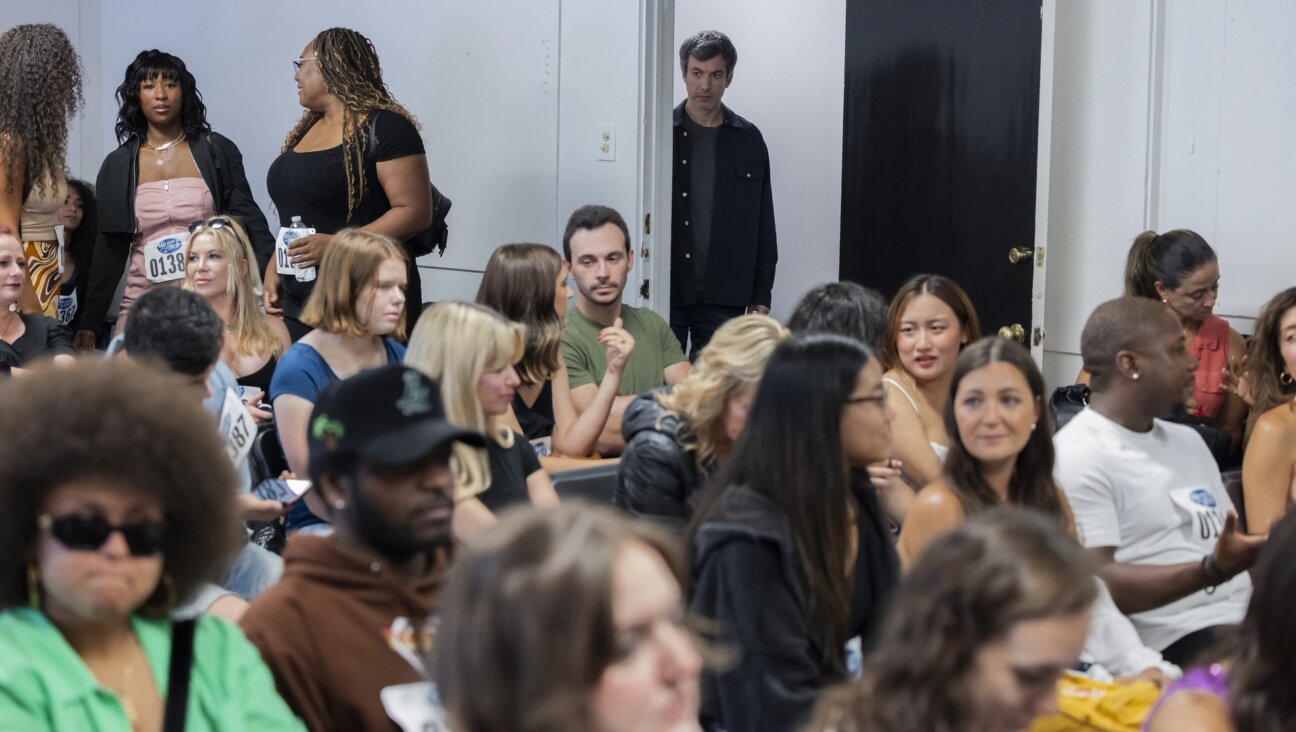An Unusual Megillah

Biblical Scenes: A drawing by Jessica Berson shows Haman leading Mordechai through the streets (top left), and a work by Ashley Fisher-Tannenbaum depicts Esther going to the King.
The Scroll of Esther is getting a makeover from some kids in Pennsylvania, a Reconstructionist scribe and a computer graphics program.

Biblical Scenes: A drawing by Jessica Berson shows Haman leading Mordechai through the streets (top left), and a work by Ashley Fisher-Tannenbaum depicts Esther going to the King.

Scribe: Rabbi Kevin Hale was commissioned to create the megillah.
Congregation Or Hadash, a small Reconstructionist synagogue located in the Philadelphia suburb Fort Washington, has commissioned a sofer to create a megillah that incorporates drawings by students in its religious school. The scribe, Rabbi Kevin Hale, used a computer program to graft the children’s images onto fine rice paper that was then affixed to parchment.
“We are creating the first truly Reconstructionist megillah,” said Rabbi Joshua Waxman, who leads Or Hadash. (To boot, Hale is the first ordained Reconstructionist sofer.) “It’s a kosher scroll, and we use the traditional text, but we engage with it and try to inject our own voices into it and experience it as something fresh.”
The megillah project was conceived partly as a celebration of the congregation’s 25th birthday. But Waxman was adamant that it would not be an ordinary present.
“It’s easy to commission something,” Waxman said. “It would have been easy to make a few phone calls to our more generous donors, but instead we invited everyone to help underwrite it for $1.80 a letter. I find it faintly distasteful when synagogues virtually auction off ritual items — you know, ‘You, too, can own the Song of the Sea for $15,000.’”
To Waxman and some of his congregants, it also seemed too easy to let a sofer do all the work. So, religious-school students were encouraged to submit illustrations of scenes from the Purim story, including “Vashti saying ‘no,’” “Mordechai at the gate refusing to bow down,” and “Haman being led to the stake.”
The result, a range of 20 colorful drawings by artists between the ages of 5 and 14 was compiled by Hale and grafted onto parchment next to the appropriate portions of text.
“It’s really an illuminated manuscript,” Hale said.
Further enlivening the text, Hale inscribed the names of key characters of the story in different colors. Haman’s name — which, Waxman pointed out, is often set aside in traditional megillot to give cantors a chance to work up the contempt with which they must utter it — is in red; Esther’s is in green, and Mordechai’s is in blue.
Despite the unusual features of this megillah, those involved with its production say that it’s kosher.
“The rules for writing a kosher scroll are more flexible in this case, because nowhere in the megillah is the name of God mentioned,” said Gail Morrison-Hall, an art teacher and Or Hadash member who coordinated the scroll-making project.
The scroll was set to be unveiled at a celebration at the synagogue March 16, four days before Purim. Hale, who lives in Leeds, Mass., was slated to be on hand to teach a crash course in scroll-writing for the congregation’s kids.
“Who knows, maybe it will inspire a future scribe,” Waxman said.
Marissa Brostoff is the Forward’s editorial assistant.
The Forward is free to read, but it isn’t free to produce

I hope you appreciated this article. Before you go, I’d like to ask you to please support the Forward.
Now more than ever, American Jews need independent news they can trust, with reporting driven by truth, not ideology. We serve you, not any ideological agenda.
At a time when other newsrooms are closing or cutting back, the Forward has removed its paywall and invested additional resources to report on the ground from Israel and around the U.S. on the impact of the war, rising antisemitism and polarized discourse.
This is a great time to support independent Jewish journalism you rely on. Make a Passover gift today!
— Rachel Fishman Feddersen, Publisher and CEO
Most Popular
- 1

Opinion My Jewish moms group ousted me because I work for J Street. Is this what communal life has come to?
- 2

Fast Forward Suspected arsonist intended to beat Gov. Josh Shapiro with a sledgehammer, investigators say
- 3

Politics Meet America’s potential first Jewish second family: Josh Shapiro, Lori, and their 4 kids
- 4

Fast Forward How Coke’s Passover recipe sparked an antisemitic conspiracy theory
In Case You Missed It
-

Film & TV In ‘The Rehearsal’ season 2, is Nathan Fielder serious?
-

Fast Forward Pro-Israel groups called for Mohsen Mahdawi’s deportation. He was arrested at a citizenship interview.
-

News Student protesters being deported are not ‘martyrs and heroes,’ says former antisemitism envoy
-

Opinion This Nazi-era story shows why Trump won’t fix a terrifying deportation mistake
-
Shop the Forward Store
100% of profits support our journalism
Republish This Story
Please read before republishing
We’re happy to make this story available to republish for free, unless it originated with JTA, Haaretz or another publication (as indicated on the article) and as long as you follow our guidelines.
You must comply with the following:
- Credit the Forward
- Retain our pixel
- Preserve our canonical link in Google search
- Add a noindex tag in Google search
See our full guidelines for more information, and this guide for detail about canonical URLs.
To republish, copy the HTML by clicking on the yellow button to the right; it includes our tracking pixel, all paragraph styles and hyperlinks, the author byline and credit to the Forward. It does not include images; to avoid copyright violations, you must add them manually, following our guidelines. Please email us at [email protected], subject line “republish,” with any questions or to let us know what stories you’re picking up.















